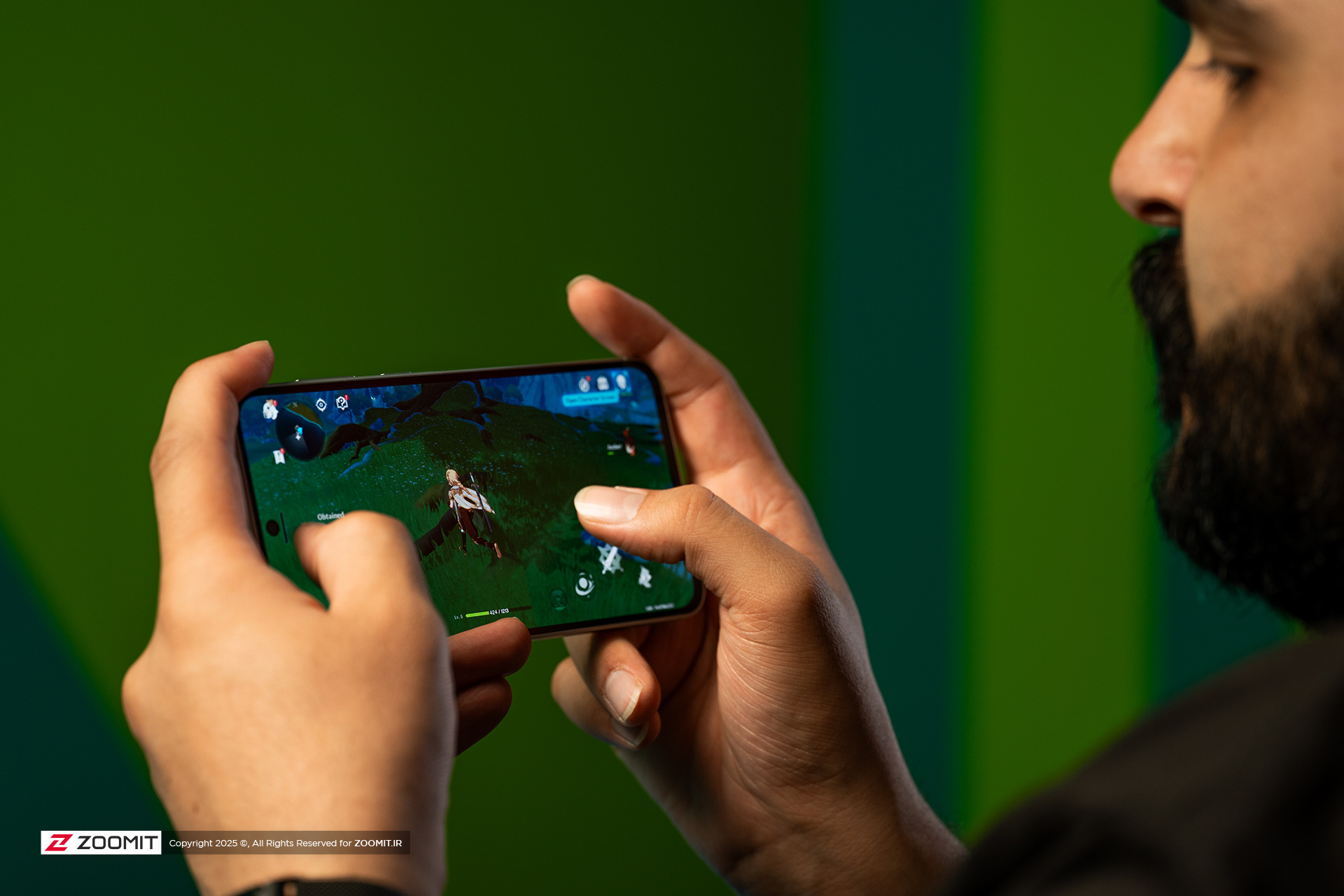Introducing Exynos 1680: The Beating Heart of Galaxy A57
Samsung, the Korean tech giant, has consistently strived to solidify its position in various markets, especially in the mid-range smartphone segment, by introducing hardware innovations. The latest step in this direction is the unveiling of a new mid-range chip named Exynos 1680, which is expected to bring significant processing and graphical power to the next generation of popular Galaxy A phones, particularly the Galaxy A57. This chip, first spotted in the reputable Geekbench benchmark, shows signs of a remarkable advancement.
The identification of this chip with model number S5E8865 in the Geekbench database confirms previous reports and rumors. This nomenclature introduces Exynos 1680 as a direct successor to Exynos 1580, which was released with model number S5E8855. This logical naming convention demonstrates Samsung’s commitment to continuous and incremental improvement in the performance of its mid-range chips.
The Exynos 1680 is not just a minor upgrade; it promises a transformation in the user experience of Samsung’s mid-range phones. By focusing on increasing graphical processing power, this chip is set to run demanding games and applications with unprecedented speed and fluidity. These advancements will make Samsung’s A-series phones a more appealing option for gamers and users seeking strong performance in an affordable package.
Significant Leap in Graphics Performance: GPU Xclipse 550
One of the most exciting aspects of the Exynos 1680 chip is its adoption of the brand-new Xclipse 550 Graphics Processing Unit (GPU). This graphical unit, with a notable operating frequency of 1306 MHz, achieved a score of 6330 in the OpenCL test of the Geekbench benchmark. This figure, compared to the 3095 score obtained by the Exynos 1580 equipped with Xclipse 530 graphics, indicates an almost twofold increase in graphical power.
This twofold leap in graphics performance is a major achievement for Samsung in the mid-range segment. Higher graphical power means the ability to process more complex scenes, higher-quality textures, and more advanced visual effects in games and applications. This allows Galaxy A57 users to experience graphically intensive games with higher frame rates and better graphical settings, which is a strong competitive advantage in the saturated mid-range market.
The use of the Xclipse name for the graphics unit indicates that Samsung continues its collaboration with AMD to leverage RDNA architecture, although more precise details of this collaboration for mid-range chips have not yet been fully disclosed. Nevertheless, benchmark results clearly show that this approach has borne fruit, and Samsung has been able to achieve significant improvements in the graphical performance of its proprietary chips.
Unparalleled Gaming Experience: Two Times More Power
The twofold increase in graphical power in the Galaxy A57 is excellent news for mobile gaming enthusiasts. Games like “Genshin Impact,” “Call of Duty Mobile,” and “PUBG Mobile,” which require high graphical resources, can be run on the Galaxy A57 with more stable frame rates and more impressive visual details. This means a reduction in lag and frame drops, especially in crowded and fast-paced game scenes.
In addition to games, applications that utilize intensive graphical processing, such as photo and video editing software, will also benefit from this upgrade. Users can expect faster and smoother rendering, and an overall better experience when working with these types of applications. This advancement will be appealing not only to gamers but also to content creators and other users who require high graphical performance.
The ability to run demanding games and graphical applications more smoothly allows the Galaxy A57 to have a significant advantage in competition with other mid-range phones. In the past, mid-range phones often faced difficulties running new games, but it appears Samsung, with the Exynos 1680, intends to change this equation and define new standards for graphical performance in this price segment.
Novel CPU Architecture for Greater Efficiency
In addition to advancements in the graphics unit, the Exynos 1680 chip has also undergone significant improvements in its CPU section. This chip utilizes eight processing cores with a new and more optimized structure, which includes one primary core at 2 GHz, four powerful cores at 1.95 GHz, and three power-efficient cores at 1.7 GHz. This hybrid architecture, similar to what is seen in flagship chips, allows the chip to balance high performance with energy efficiency.
The presence of a dedicated primary core promises significant improvements in single-core and multi-core processing performance. This core can activate in scenarios requiring high processing power and quick responsiveness, while the powerful and power-efficient cores handle daily tasks and battery consumption management. This approach not only increases the overall speed of the device but also significantly contributes to battery life.
The improved CPU architecture means that, in addition to a better gaming experience, the Galaxy A57 will also have smoother general performance. Opening applications, switching between programs, web browsing, and other daily activities will all be performed with greater speed and precision. This balance between graphical and processing power makes the Galaxy A57 an all-rounder device for a wide range of users.
Galaxy A57’s Position in the Mid-Range Market
Given the hardware advancements of the Exynos 1680, the Galaxy A57 can have a lot to say in the mid-range smartphone market. Currently, competition in this segment is very intense, with companies like Xiaomi and Realme gaining significant market share by offering phones with powerful specifications and competitive pricing. With this new chip, Samsung aims to strengthen its position in this segment and attract more customers by providing a superior user experience.
The ability to run graphically intensive games is a key demand for many mid-range users. If the Galaxy A57 can fulfill this demand well, it will certainly become a popular choice in this price range. Furthermore, the improvement in overall device performance for daily tasks is also an important factor for attracting general users who are looking for a reliable and smooth phone.
By developing Exynos chips, Samsung gains more control over the performance and software optimization of its devices. This can lead to a more integrated and optimized user experience compared to phones that use third-party chips. Samsung’s continuous investment in the mid-range chip segment indicates the company’s long-term strategy to maintain market share and offer innovative products across all price categories.
Conclusion and Future of A-Series
In summary, the Exynos 1680 chip, with its significant increase in graphical power and optimized CPU architecture, will transform the Samsung Galaxy A57 into a powerful contender in the mid-range market. The promise of two times more graphical power compared to the previous generation bodes well for a smoother and more enjoyable experience when running demanding games and graphical applications.
These advancements show that Samsung places great importance on upgrading its A-series and strives to implement the best possible technologies in these best-selling phones. The Galaxy A57 will not only appeal to gamers but will also adequately meet the needs of general users with its optimized and smooth processing performance. This move can significantly help solidify Samsung’s position as a leader in the mid-range smartphone market.
With the official launch of the Galaxy A57, positive feedback from users and critics is expected, as this phone has high potential to set new standards in the mid-range segment in terms of performance and user experience.



